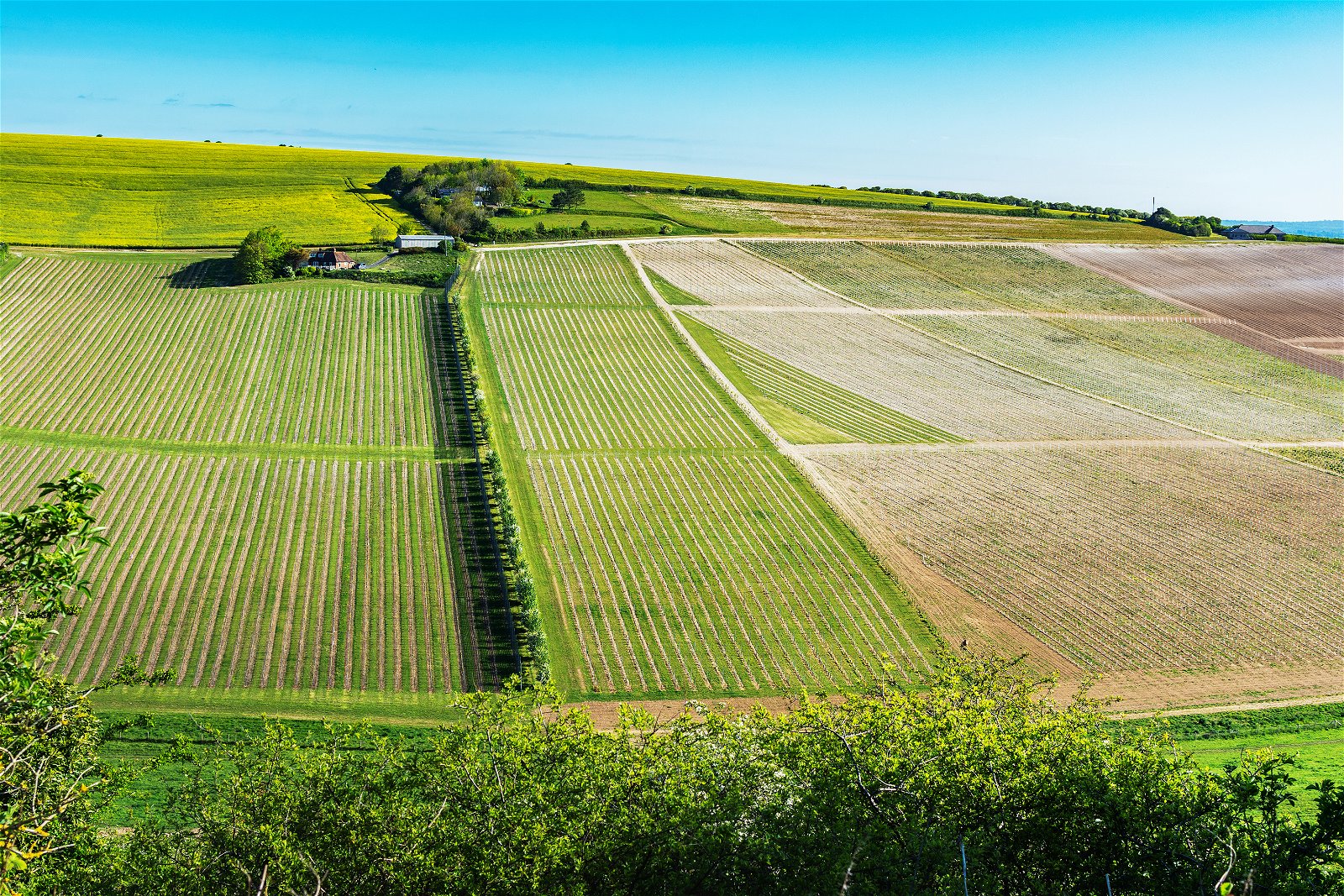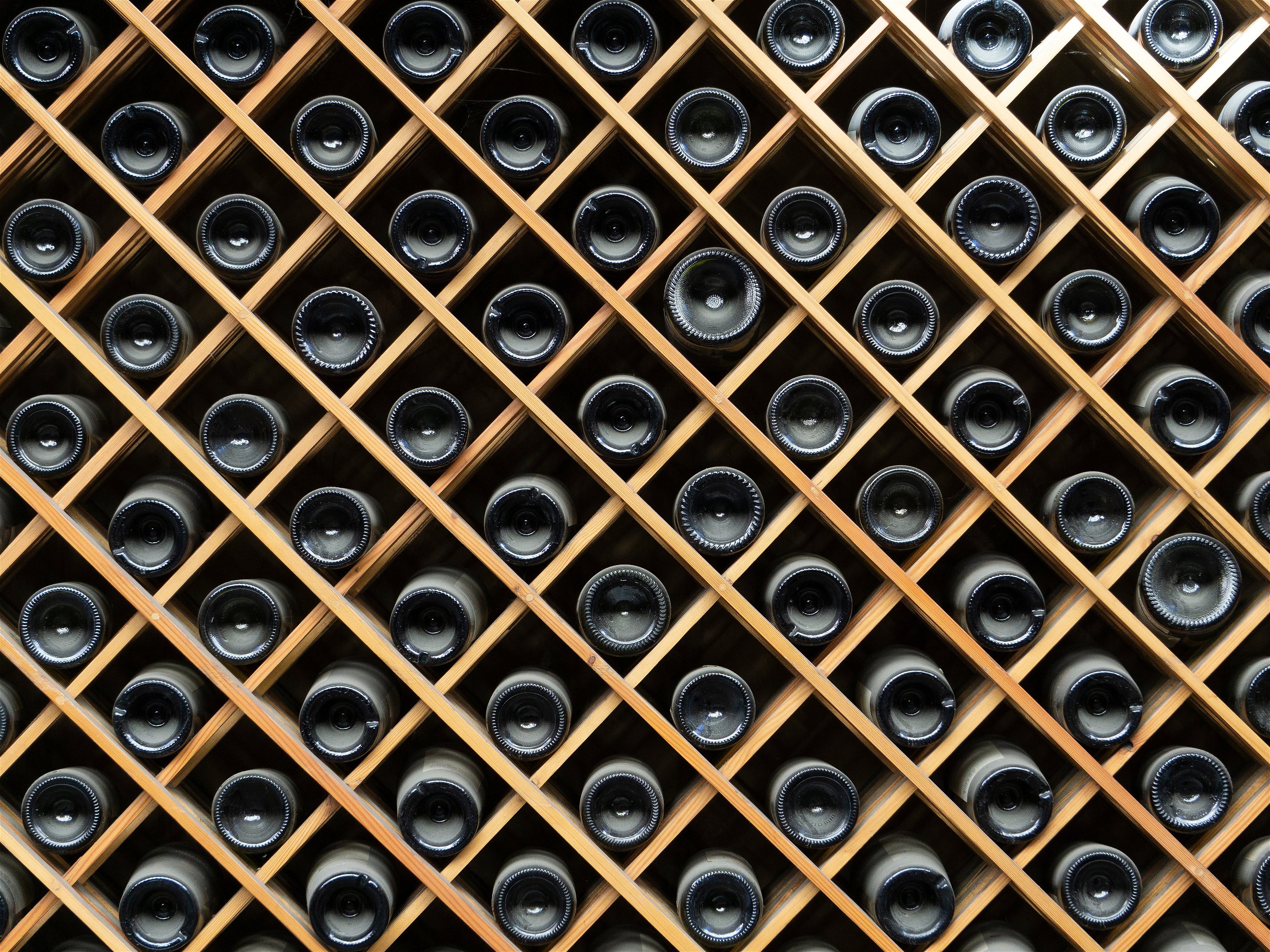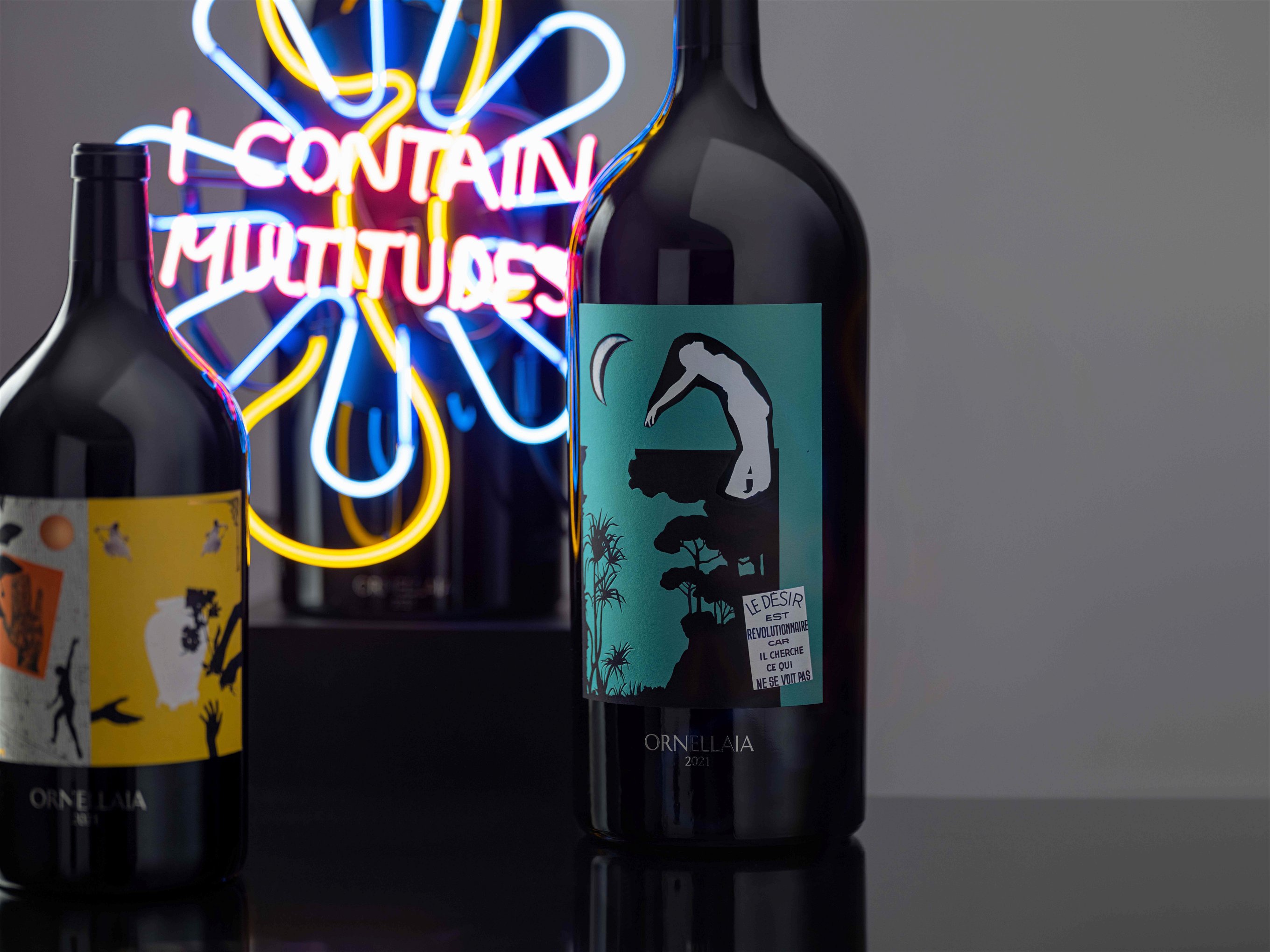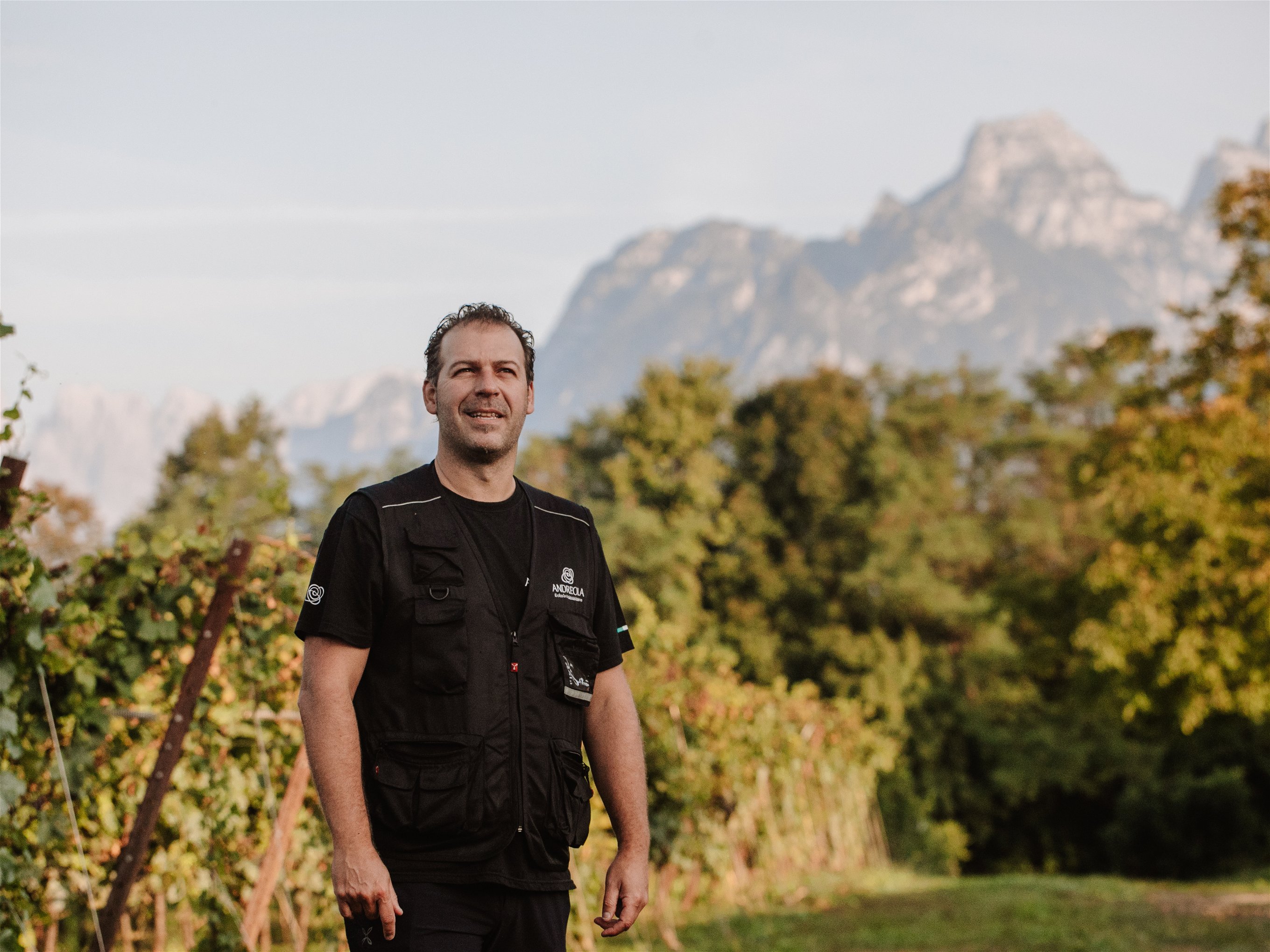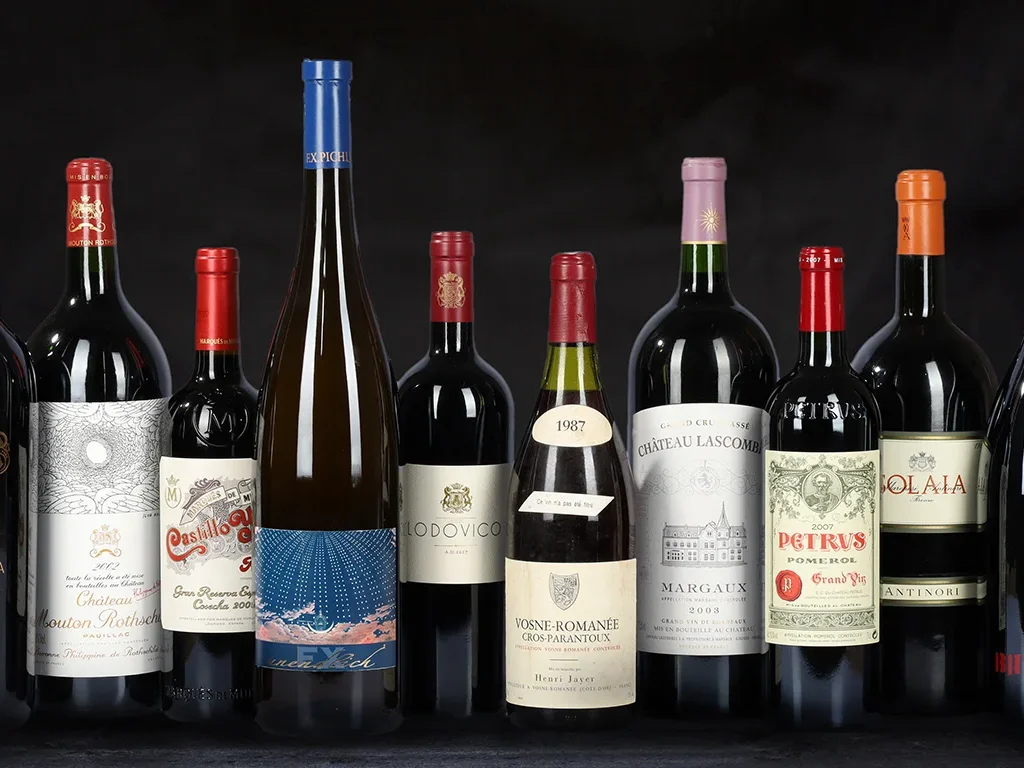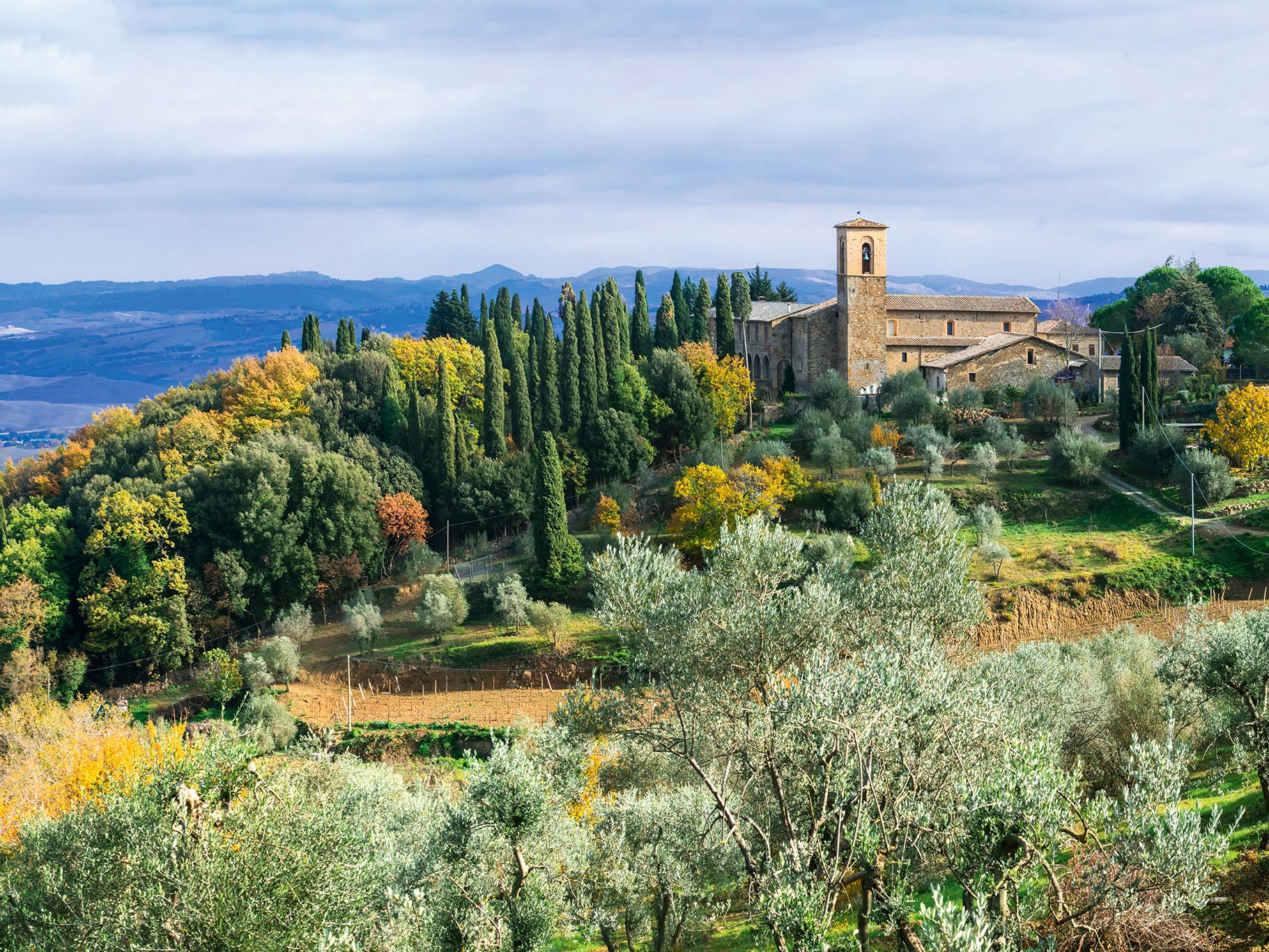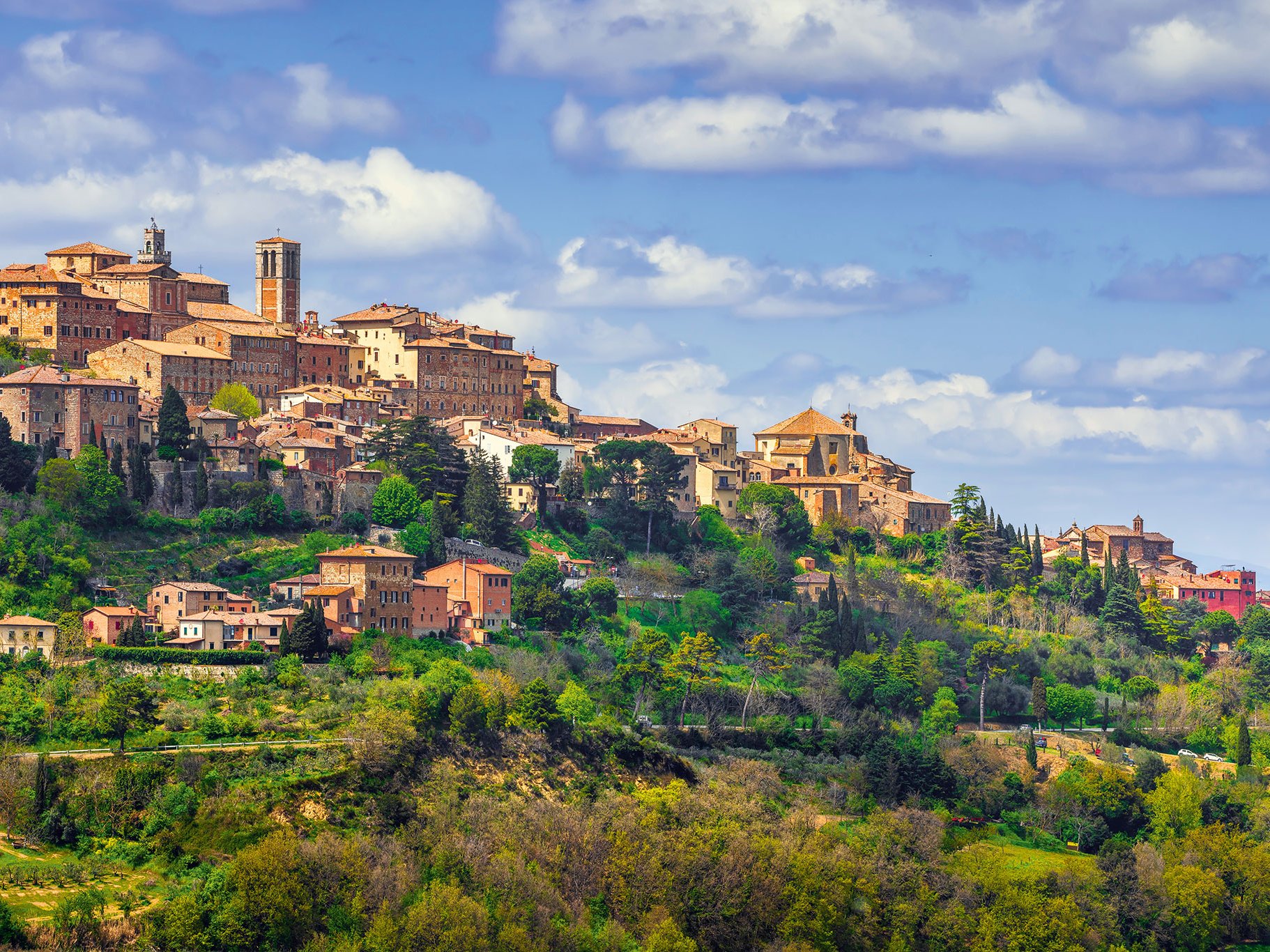Winegrowing on the rainy, humid island was ridiculed for a long time. Yet Great Britain has a winegrowing tradition comparable to that of other European countries, with even the Romans introducing the vine to England in their campaigns of conquest. The efforts went unnoticed on the island. This was due to the fact that England covered its demand for wine through massive imports from other countries and the colonies. In doing so, it also functioned as a facilitator of wine styles such as sherry or port, but also for the structure of the producers. It was only a few decades ago hobby winegrowers produced wine on a few hectares of vineyards as a pastime. This changed drastically in the late 20th and early 21st centuries. The trigger was and is climate change, which has caused the average temperature on the island to rise by one degree, plus the moderating influence of the Gulf Stream. In the south of England, in the counties of Essex and Kent, the climate today is like that of Champagne 30 or 40 years ago. And the terroir consists of the very limestone that gives the wines of Champagne and Chablis their unmistakable character. As a result, the area under vines in the south of England has virtually exploded in the last 20 years and already covers about 3,800 hectares. One hundred and ninety-seven winegrowers are now benefiting from this positive effect of climate change. The main grapes grown are Chardonnay, Pinot Noir and Pinot Meunier, from which competitive sparkling wines are produced using the bottle fermentation method. The production of these "British Sparkling Wines" alone accounts for two-thirds of the total production. The rest is still wine from Chardonnay but also from Bacchus or Schönburger. However, the climate is not yet warm enough for sophisticated red wines.
